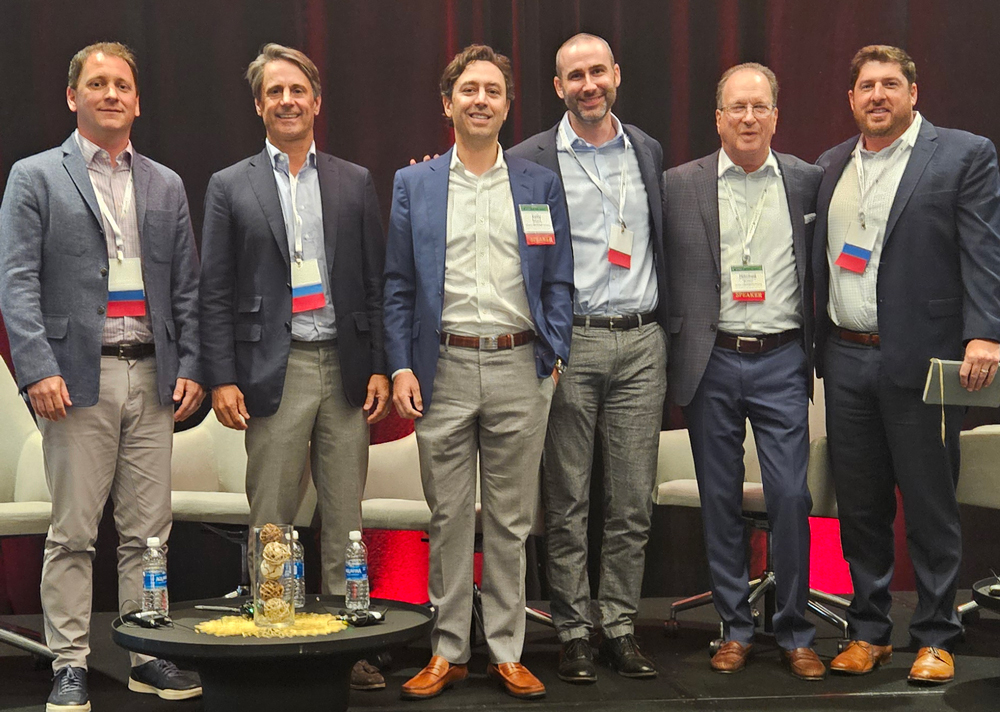DALLAS — While active adult has certainly gained a much higher profile in the last decade, it’s still seen by most as a niche — and perhaps mysterious — segment of commercial real estate.
Many multifamily investors may be scared off by the slow lease-up and smaller potential resident pool, while private-pay seniors housing owners scoff at the comparatively lower rents.
As the 55-plus rental model is one of the newest types of real estate, many of active adult’s advocates on the investment side say educating potential buyers is an ongoing challenge, despite all the progress made to date.
That’s the message of a group of investors who gathered at InterFace Active Adult, held April 18 at The Westin Las Colinas in Dallas. The executives participated in a panel titled, “Who’s Buying and Who’s Selling in Today’s Challenging Investment Sales Market?” R.J. DeBee, managing director of valuation at BBG Real Estate Services, served as the panel moderator.
The other panelists included Matt Pyzyk, managing director, Green Courte Partners; John Sweeny, co-head of national senior housing, CBRE; Kelly Sheehy, senior managing director, Artemis Real Estate Partners; Eddy O’Brien, co-founder and managing partner, Blaze Capital Partners; and Mitch Brown, principal, Senior Housing Consulting.
“Everything we’re doing is as much educating as it is everything else. We’re still doing it, even though the awareness has built tremendously,” said Brown. “The people that buy these projects tend to own them for many years. I think it’s a great testament to the asset class. The way residents love living in these buildings shows up when you own it for 10 years.
“The one thing that has really changed the skepticism is to take a group of investors into one of our communities, introduce them to a group of residents and walk away. There’s nobody who can tell the story of the ‘why’ behind this asset class besides the people who live in the buildings.”
Sweeny noted that active adult’s youth as a sector is still holding it back, as the investment data is not as widespread or advanced as in, say, office or retail. However, he notes that investors should have a lot to love about active adult housing.
“You’ve got low supply, strong operating fundamentals and a lot of wealth cohort in the baby boomers that want this type of product,” said Sweeny. “It’s a much easier move [for residents] than seniors housing because it’s not necessarily your last move. From an investor perspective, it’s got a really strong thesis. It’s an easier entry point than seniors housing. You don’t have the healthcare, the labor challenges, that that industry has. We’re very bullish on the growth prospect for active adult.”
The pool of investors has ebbed and flowed over the years, noted O’Brien. However, having been active in active adult for over a decade, he noticed that those who believe in active adult have stuck with the sector throughout the years.
“The more things change the more they stay the same. Your buyer pools are probably not that different on deals. It’s still very much a small cottage industry,” said O’Brien. “There are a lot of people with one foot in, one foot out. Those that have stayed the course are able to underwrite differently, bid more aggressively.”
Pyzyk noted that Green Courte originally came from the age-restricted manufactured housing segment, but came to “love the space” for the same reasons the company loved other 55-plus spaces.
“There we had a sticky resident and long length of stay. We saw similar characteristics,” said Pyzyk. “We’re in this space long term. I think that benefits us compared to some of our competitors. We’re looking to scale not only assets but our operating platform with it.”
Sheehy goes one step further, suggesting that active adult has the best investment thesis of all types of commercial real estate, thanks to the wave of baby boomers aging into this type of housing.
“If you ask the best secular demand theme out there, it’s the aging of America and the baby boomers,” said Sheehy. “There is rent growth in active. That’s different from the rest of the market. And there’s not oversupply.”
— Jeff Shaw

